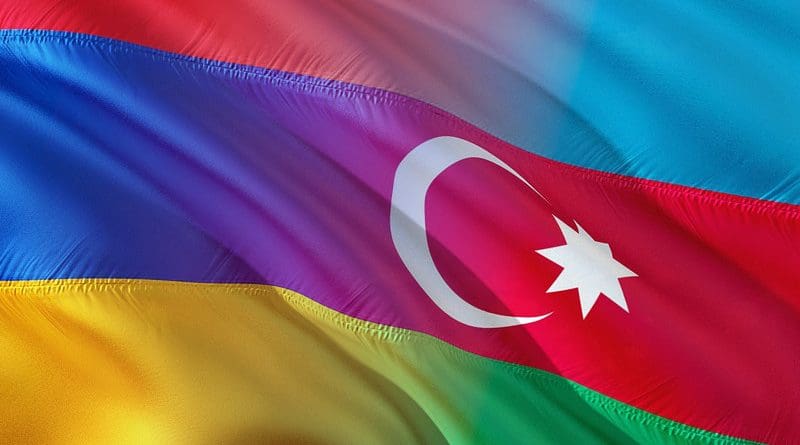Azerbaijanis, Armenians Commemorate Two Horrific Tragedies Of Their War – OpEd
By Paul Goble
This week, Azerbaijanis and Armenians are commemorating the anniversaries of two of the greatest tragedies in their long-running conflict, with the Azerbaijanis remembering the massacre of their co-ethnics in Xocali in 1992 and the Armenians the bloody ethnic clashes in Sumgait in 1988.
While these two events were far from equivalent, they remain closely linked in the minds of the peoples of the south Caucasus, with Azerbaijanis believing to this day that the Armenian army acted as it did in Xocali precisely on the fourth anniversary of Sumgait in an act of revenge and Armenians pointing to Sumgait as the trigger of the greater tragedies of the war.
And as such, the two are wounds that show little sign of healing and thus represent important reasons why it is so difficult for Baku and Yerevan to reach an accord, reasons that all too often have been downplayed or ignored by outsider observers who need to more sensitive to long-ago events that remain very much alive.
This year’s anniversary is particularly important because it is the first Azerbaijanis have been able to mark the events of 1992 with the destroyed village of Xocali which is again under Baku’s control (https://www.kavkaz-uzel.eu/articles/39754 and trtrussian.com/politika-azerbaydzhan/32-goda-tragedii-v-hodzhaly-vspominaem-krovavuyu-stranicu-istorii-17131593).
The attention that has attracted has prompted Armenians to use the anniversary of the 1988 events to demand that the international community investigate and bring to justice those who carried out the attacks on ethnic Armenians in the Azerbaijani city of Sumgait and any who may have supported the attackers (kavkaz-uzel.eu/articles/39754).
A major reason why these events remain so much alive to this day is that there has never been the kind of thoroughgoing research into them that will allow both sides to share an understanding of what happened. Instead, there are competing descriptions of what occurred and many unanswered questions.
In terms of losses, the 1988 events in Sumgait were less directly the result of government policies, although many Armenians believe Azerbaijani officials were behind them, and claimed fewer lives. For four days in late February 1988, 26 Armenians and six Azerbaijanis died in ethnic clashes there, according to an initial investigation shortly after these events.
The Xocali tragedy in 1992 claimed far more victims and involved actions by the Armenian army and according to some was supported by CIS and Russian units. On the night of February 25-26, 1988, Armenian forces surrounded that Karabakh village of some 7,000 people, killed between 477 and 1,000 Azerbaijanis, and forced the survivors to flee.
Those responsible for both of these tragedies need to be identified brought to justice because until that happens no real peace will be possible in the south Caucasus however many declarations may be made and peace accords signed there may be.

